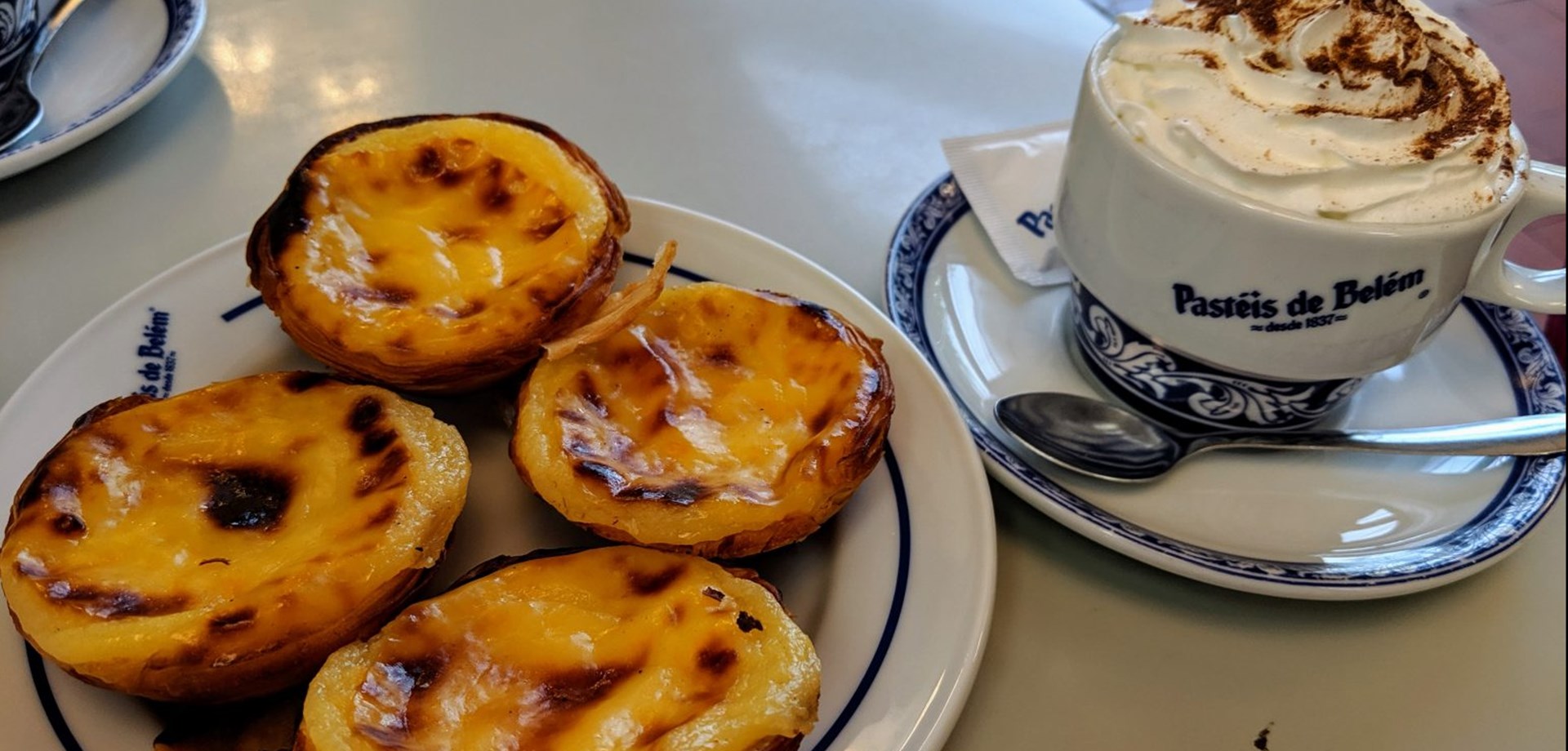- Home
- About us
- Properties
-
Finance & Law
- What is AIMI and Who Has to Pay for It in Portugal
- Delay in the Delivery of Off-Plan Property: Buyer's Rights in Portugal
- Right of first refusal in Portugal: who has priority when buying real estate?
- What is the IMT exemption on the resale of real estate?
- What are investment funds?
- Buying Property in Portugal: Simple and Safe
- How to ensure a successful viewing trip when buying property in Portugal
- Main advantages of acquiring off-plan properties
- Where do foreign buyers buy in Portugal?
- Why do French buyers choose Portugal?
- Recognition of signatures in the promissory contract for the purchase and sale of real estate
- 7 compelling reasons to consider buying a property in Portugal in 2025
- Urban vs. Rural Real Estate: How to Choose the Right One for Your Lifestyle
- The impact of location on the value of a property
- Renovating historic homes in Portugal
- What is a smart home?
- What is the new NHR 2.0 Program or IFICI?
- The right of first refusal can be exercised in the purchase or sale of a particular property
- Everything you need to know about the condominium law
- Is Portugal expensive in terms of food and drink?
- European Health Insurance Card
- Where to buy your property in Lisbon ?
- Buying land to build on can be an alternative to buying a house
- If you are considering investing in resort properties?
- Non-Habitual Resident Status (NHR 2.0) in Portugal in 2025
- How to Find Your Dream Home: A Step-by-Step Guide
- In the area of real estate investment, new construction is always compared with older properties
- Practical guide to sharing assets in inheritance
- What is an Undivided Inheritance? Know all
- Why British and American expats are choosing Portugal ?
- Buying a new property in a new development in Portugal
- How can I visit the property I like?
- What is the difference between an ordinary residential building and a tourist building?
- Moving to Portugal? Here are some helpful tips from a fellow expat
- How the French Embassy in Portugal can help you
- Information for British citizens moving to or living in Portugal
- What French associations in Portugal are there?
- Portugal or Spain? Compare which country is better for expats to live in
- Divorce and home loans: what to do
- Healthcare for UK nationals living in Portugal
- Living abroad as a senior: where to go and how to do it
- Seniors Living Abroad – Top 3 Tips for Living Comfortably Outside the United States
- Buying a property in Portugal
- Cost of living in Portugal versus the USA
- Return to Portugal through the RNH Regime for Emigrants
- What are the best international schools in the Algarve?
- Top Tips for Buying Luxury Property Abroad
- Do you want to buy property in Portugal? Discover the essential documents for home loans for foreigners.
- Portugal Expats Healthcare
- Why Portugal?
- Investing in resort property
- Is Portugal LGBT Friendly?
- Where to Buy Property in Portugal
- Buying a property in Portugal
- Spain, Italy or Portugal: Where should you retire?
- Legal Support - recommend hiring a Lawyer
- Opening a bank account with a Portuguese bank
- Are you ready to live in one of the best golf resorts in Portugal?
- If you come to live or want to invest, Taxes in Portugal ?
- The Tax Representative - Non-resident citizens in Portugal
- Portugal with 5th most powerful passport
- If you’re a UK national living in or thinking about moving to Portugal
- Real estate agents: Main functions
- 2023 Cost of living in Portugal: An overview of how much it costs to live in Portugal
- Buying a house in Portugal can be a wonderful dream
- Retire in Portugal: The best regions and towns for retirees
- There are more than 40,000 French people living in Portugal
- French community in the Algarve
- British in Portugal
- International schools in Portugal
- Invest safely and with a guaranteed minimum return of 5.0%
- Tax Treaty between France and Portugal:
- Pensions in Portugal
- Portugal, your new home
- Co-Ownership - Four Owners Plan
- I want to live in Portugal, but I know that there are several types of visas. Which one is right for me?
- D3 visa, for highly qualified professionals
- Visa D7 is intended for foreign nationals who are not nationals of EU Member States, the European Economic Area and Switzerland
- Portugal - Competitive real estate sector
- In the area of taxation, keep in mind the relevant information about property taxes
- The acquisition of property in Portugal
- Acquisition of a house in tourist developments
- Who can exchange a foreign driving licence for a portuguese driving licence?
- British in Portugal
- Lifestyle
- Contact us
- (0)
- (14)
What if your new home arrives by email? Subscribe to our Newsletter

In 2009 The Guardian listed pastéis de Belém as one of the 50 best things to eat in the world
7 January 2023

Pastel de nata is a Portuguese egg custard tart pastry, optionally dusted with cinnamon.
Outside Portugal, they are particularly popular in other parts of Western Europe, Asia and former Portuguese colonies, such as Brazil, Mozambique, Macau, Goa and East Timor. The Macanese pastel de nata was also adopted by KFC and is available in regions such as Hong Kong, Taiwan and China. In Indonesia, this pastry is especially popular in Kampung Tugu, Jakarta, a culturally Portuguese (Mardijker) enclave.
Pastéis de nata were created before the 18th century by Catholic monks at the Hieronymites Monastery (Portuguese: Mosteiro dos Jerónimos) in the civil parish of Saint Mary of Bethlehem, in Lisbon. At the time, convents and monasteries used large quantities of egg-whites for starching clothes, such as friars and nuns' religious habits. It was quite common for monasteries and convents to use the leftover egg yolks to make cakes and pastries, resulting in the proliferation of sweet pastry recipes throughout the country.
In the aftermath of the Liberal Revolution of 1820, following the dissolution of religious orders and in the face of the impending closure of many convents and monasteries, the monks started selling pastéis de nata at a nearby sugar refinery to bring in revenue. In 1834, the monastery was closed and the recipe sold to the sugar refinery, whose owners in 1837 opened the Fábrica de Pastéis de Belém. The descendants own the business to this day.
Since the opening of Fábrica de Pastéis de Belém, the original recipe of the pastel de nata is kept in a secret room. The Fábrica de Pastéis de Belém is the most popular place to buy pastéis de nata; the shop is located just a short three-minute walk from the Jerónimos Monastery. The shop offers both takeout and sit-in services and sells over 20,000 pastéis de nata a day. Usually the tart is sprinkled with canela (cinnamon), and often accompanied with a bica (a strong espresso coffee).
In 2009 The Guardian listed
pastéis de Belém as one of the 50 best things to eat in the world. In 2011, following the result of a public vote, the pastry was announced as one of Portugal's Seven Wonders of Gastronomy, further cementing it as one of the country's most popular national dishes.
Japanese cuisine
The cuisine of Japan was heavily influenced by Portuguese traders during the 16th century. Notable Japanese baked goods including pan (from Portuguese pão, bread), and castella have their origins in this period. Pastel de nata is one of these.
In addition to the traditional form of the pastry, some variations have been developed especially for the Japanese market by adding green tea flavoring.
This green tea pastel de nata was eventually exported to South Korea and other Asian markets.
Lifestyle
- Discover the Exclusive Golden Triangle – Where Luxury Meets Nature
- Lisbon Neighbourhoods Guide: Where to Live, Visit and Discover
- Alqueva, located in the heart of Alentejo
- What is Portugal famous for? Discover the Charm of This European Destination
- Buying a House in Porto: A Unique Opportunity
- Porto: Best European Destination and a Place to Call Home

